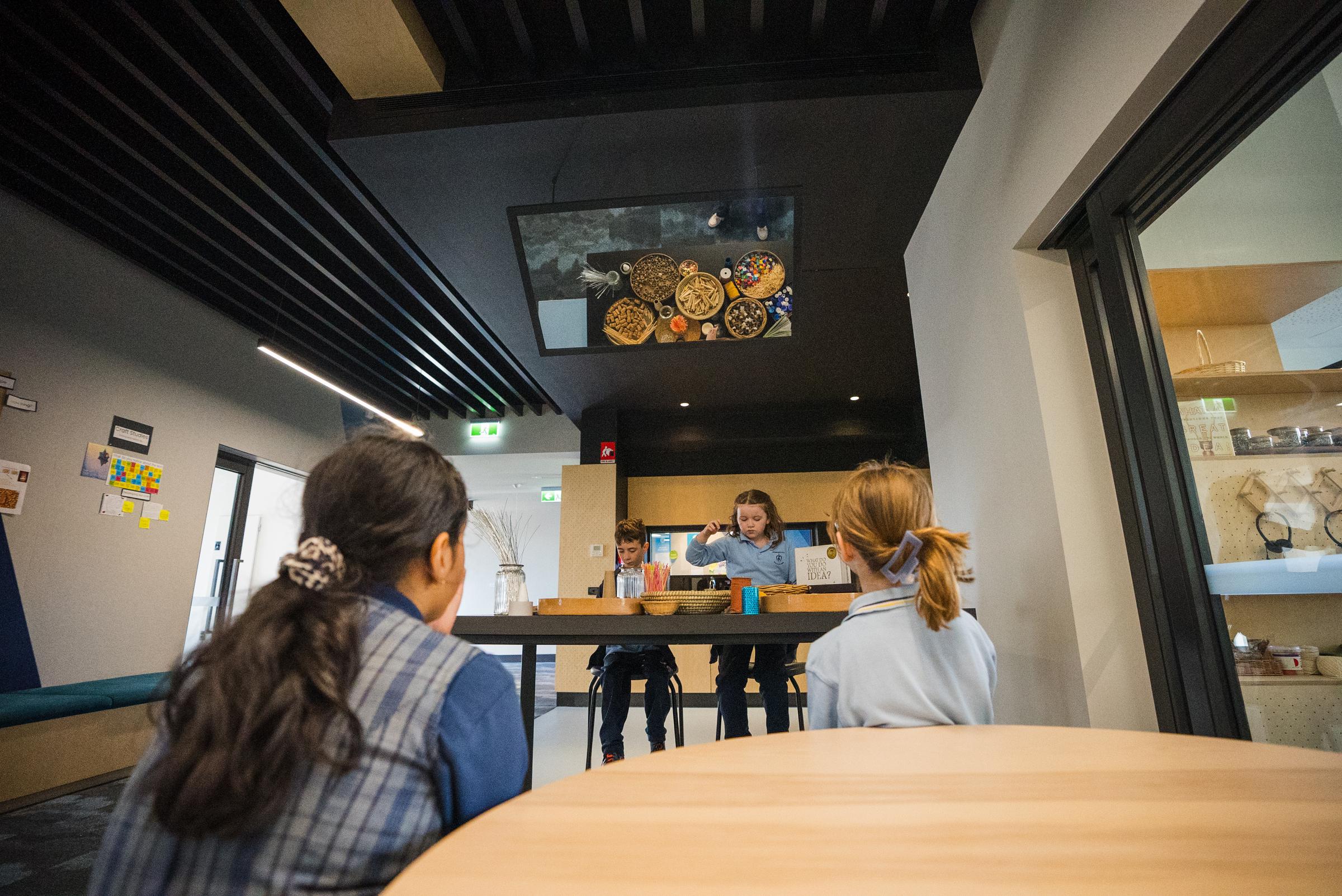Learning & Teaching

Maths
Exploring Money Concepts
In maths children are learning about Money:
Prep to Year 2: Children are learning about Australian coins. They are exploring their features, learning their values, and practising basic calculations with them. Through engaging stories, the children solve simple money problems. For example, they might solve questions like, “If each class member contributes $5, how much money will we have altogether?” The children will bring their knowledge of addition, subtraction, multiplication, or division to help them solve the problem.
At home:
- Spread the coins out and have your child sort them into separate containers or trays by denomination.
- Provide pictures or drawings of the coins and ask them to match the physical coins to the pictures.
- Counting Practice: Ask your child to count a specific number of coins and write down the total value.
- Create small sums (e.g., "Add 20c, 50c, and 10c") and have your child use the coins to find the total amount.
- Ask your child to create a story using the coins as characters or objects. For example, "The 50c coin went on an adventure and met the 20c coin."Ask them to draw or write their story down.
Years 3-4: Children are investigating the relationship between dollars and cents. They’re learning to represent money in various ways, understanding the part-part-whole concept. For instance, they know $1 equals 100 cents and can break down $1.85 in multiple ways, such as $1 + 50c + 20c + 10c + 5c or as 50c + 50c + 50c + 10c + 10c + 10c + 5c. The children are also exploring converting money for example, to convert dollars to cents, multiply the dollar amount by 100. Conversely, to convert cents to dollars, divide the cent amount by 100 such as : $3.50 is equal to 350 cents (3 × 100 + 50) and 250 cents is equal to $2.50 (250 ÷ 100). They’re also discovering that different countries use different currencies, like rupees in India.
At Home:
- Make a chart showing various dollar amounts and their equivalent in cents (e.g., $1, $2.50, $5). Discuss how many cents make up each dollar and how to convert between dollars and cents.
- Let children handle cash transactions, giving them a small amount of money and asking them to make purchases or give change.
- Show children different prices for the same item in dollars and cents, and ask them to determine which is a better deal.
- Look at different currency from around the world.
Years 5-6: Children are learning about financial planning. They are creating budgets and using tools like spreadsheets to manage and analyse data. They're also learning about percentages, which helps them understand concepts like discounts during sales. Here are some engaging home activities to support and reinforce these financial skills.
At home:
- Create a budget for a family event or outing: Ask your child to plan a budget for a family event, such as a picnic or a movie night. Ask children to break down the costs. Include categories like food, tickets, and transportation. Let them research prices and calculate the total cost. Discuss how to allocate a set amount of money across different categories and adjust the budget if costs exceed the limit.
- Present your child with various sale scenarios, such as "A toy originally costs $40 and is now 25% off." Have them calculate the sale price and the amount saved.
- Have your child set a savings goal for something they want to buy, like a toy or a game. Create a Savings Plan: Help them plan how much money they need to save each week to reach their goal. Use a chart or spreadsheet to track their progress.
Discovery & Projects Learning Walk
We are excited to announce our upcoming Discovery and Projects Learning Walk. Join us for a guided tour and an opportunity to chat about how learning happens at St. Gabriel’s. Through this tour, you will learn about how our children transfer the skills and strategies that they are explicitly taught to developmentally appropriate and meaningful contexts.
We look forward to welcoming our families. Our office team will email a link for you to RSVP through in the coming weeks.



